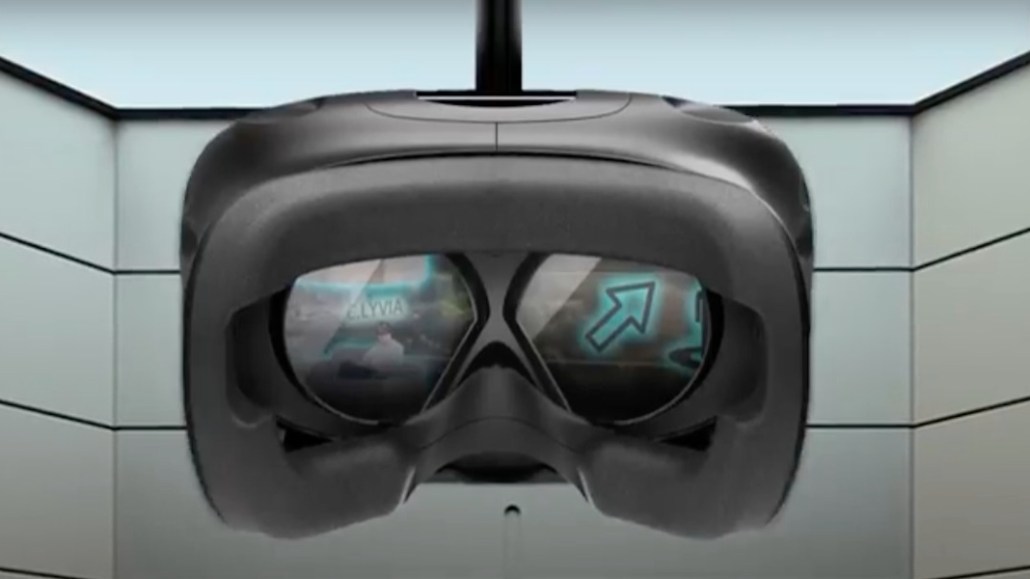
Virtual reality has emerged as a hot topic in banking with the rise of artificial intelligence, innovation labs, and the eath of the physical bank branch. There’s a way to tap into the mind of the customer through VR, but how it should fit into the business is still a mystery for most.
Venture capital funding in VR totaled $2 billion from 2015-2016, according to Digi-Capital and revenue from VR is expected to hit $162 billion or more by 2020 from $5.2 billion in 2016, according to IDC Research.
It’s still early for banks interested in bringing VR into their business. And like any new technology, VR is going to face some opposition before it’s more widely adopted across financial services. Just because banks can use it, doesn’t mean they should use it everywhere, or at all. Banks are experimenting with how to use it, when it’s appropriate, and who their partners will be. One thing is for certain, though: if customer like it, banks will want it.
“Banking customers have rarely seen a channel or a way to interact with a bank that they didn’t like,” said Raja Bose, global retail banking consulting leader at Genpact. “Branches, contact centers, online, mobile; banks are now letting customers interact with them via social media. The more ways you get consumers to touch their banks the better and there are always going to be some consumers that like it and wanna do it.”
However, some banks have dabbled in the technology already. Below are examples of three banks’ brushes with VR.
More in Marketing

Pandora is betting on AI agents to scale service and emotional selling during the peak holiday season
Pandora is using AI agents to scale customer service and replicate emotional in-store selling online, just as peak season puts pressure on margins and teams.

Rembrand’s CEO wants to grow virtual ad placements in streaming, and he’s looking elsewhere for models
Omar Tawakol wants to improve advertising within the streaming world, and is working with advertisers and publishers to improve that experience.

Marketers are keen to use generative AI in ad campaigns, but hidden costs lurk
Marketers across the industry want to use AI to cut down on time spent in creative production. It’s not so simple in practice.





